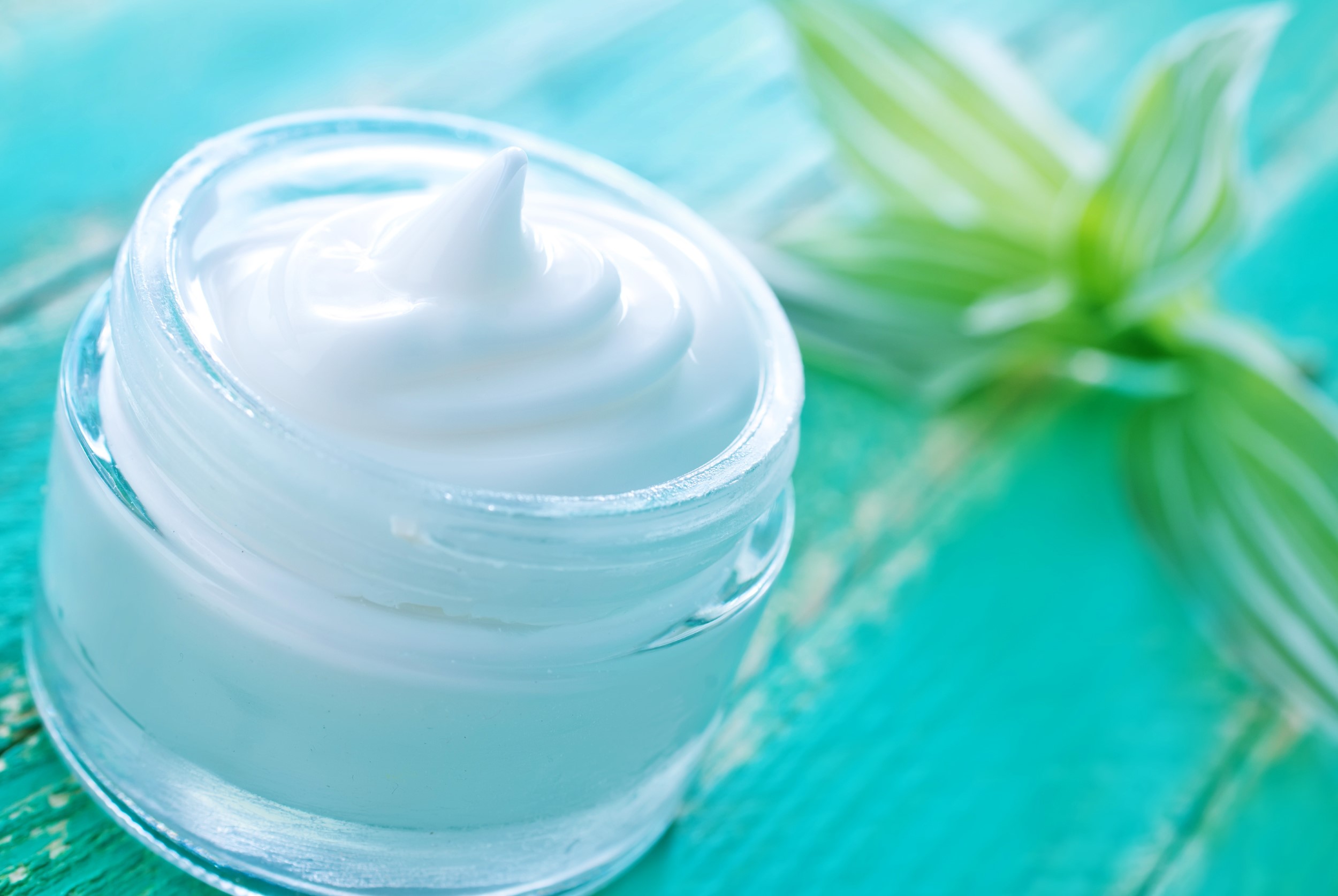01 Oct What are the benefits of facials for teens?
Facials are not just for adults. They can also be very beneficial for teens who want to take care of their skin and prevent or treat various skin problems. In this article, we will explore some of the benefits of facials for teens and how they can help them develop healthy skin care habits and education.
What are facials?
Facials are skin care treatments that involve cleansing, exfoliating, extracting, massaging, masking, and moisturizing the skin. They can be customized to suit different skin types, conditions, and concerns. Facials are usually performed by licensed estheticians or skin care specialists who can analyze the skin and recommend the best products and procedures for each client.
Why are facials good for teens?
Teens face many challenges when it comes to their skin. They have to deal with hormonal changes, stress, environmental factors, and lifestyle choices that can affect their skin health and appearance. Some of the common skin issues that teens may experience are:
- Acne: Acne is a condition that occurs when the pores of the skin become clogged with oil, bacteria, and dead skin cells. It can cause pimples, blackheads, whiteheads, and inflammation on the face, chest, back, or shoulders. Acne can be triggered by hormonal fluctuations, genetics, diet, hygiene, cosmetics, or medications.
- Oily skin: Oily skin is a condition that occurs when the sebaceous glands produce too much sebum (oil) on the surface of the skin. It can make the skin look shiny, greasy, or dull. Oily skin can also contribute to acne formation and enlarged pores.
- Dry skin: Dry skin is a condition that occurs when the skin lacks moisture and becomes flaky, rough, or tight. It can be caused by low humidity, cold weather, harsh cleansers, hot showers, or certain medical conditions. Dry skin can also lead to irritation, sensitivity, or premature aging.
- Sensitive skin: Sensitive skin is a condition that occurs when the skin reacts easily to external stimuli such as products, temperature changes, pollution, or allergens. It can cause redness, itching, burning, or swelling on the skin. Sensitive skin can also be prone to inflammation, infections, or eczema.
- Facials can help teens manage these and other skin conditions and concerns by:
- Cleansing: Cleansing removes dirt, oil, makeup, and impurities from the surface of the skin. It helps to unclog the pores and prevent acne breakouts. It also prepares the skin for the next steps of the facial.
- Exfoliating: Exfoliating removes dead skin cells and debris from the surface of the skin. It helps to improve the texture and tone of the skin. It also stimulates blood circulation and cell renewal. It can also help to reduce acne scars and hyperpigmentation.
- Extracting: Extracting removes blackheads and whiteheads from the pores of the skin. It helps to clear up congestion and inflammation. It also reduces the risk of infection and scarring.
- Massaging: Massaging relaxes the facial muscles and tissues. It helps to relieve stress and tension. It also boosts lymphatic drainage and detoxification. It can also help to improve elasticity and firmness of the skin.
- Masking: Masking applies a product or a mixture of ingredients on the face for a specific period of time. It helps to address specific skin needs and goals. It can also hydrate, nourish, soothe, brighten, or tighten the skin.
- Moisturizing: Moisturizing replenishes moisture and nutrients to the skin. It helps to balance the oil production and protect the skin barrier. It also prevents dryness and dehydration. It can also smooth out fine lines and wrinkles.
- How often should teens get facials?
- The frequency of facials depends on several factors such as:
- Skin type: Different skin types have different needs and preferences when it comes to facials. For example, oily or acne-prone skin may benefit from more frequent facials (every 2-4 weeks) to keep the pores clean and prevent breakouts. Dry or sensitive skin may need less frequent facials (every 4-6 weeks) to avoid overstimulation or irritation.
- Skin condition: Different skin conditions may require different treatments and protocols when it comes to facials. For example, inflamed or infected acne may need more intensive care and medication than mild or occasional acne. Eczema or rosacea may need more gentle and soothing products than normal or combination skin.
- Skin goal: Different skin goals may influence how often one should get facials. For example, someone who wants to improve their complexion or reduce their scars may need more regular facials (every 3-4 weeks) than someone who just wants to maintain their healthy glow or prevent aging signs.
A general recommendation is to get a facial at least once a month or every 4-6 weeks. This is because the skin goes through a natural cycle of renewal every 28 days, and a facial can help to enhance this process and keep the skin in optimal condition. However, it is always best to consult with a professional esthetician or skin care specialist who can assess the skin and recommend the best facial frequency for each individual.
What are some tips for teens to take care of their skin at home?
Besides getting regular facials, teens can also follow some simple tips to take care of their skin at home and maintain the results of their facials. Some of these tips are:
- Wash the face twice a day with a gentle cleanser that suits the skin type and condition. Avoid using harsh or abrasive products that can strip the skin of its natural oils or damage its barrier.
- Use a toner after cleansing to balance the pH level and remove any residue or traces of cleanser. Choose a toner that is alcohol-free and contains soothing or hydrating ingredients such as aloe vera, rose water, or green tea.
- Apply a moisturizer every morning and night to hydrate and nourish the skin. Choose a moisturizer that is oil-free and non-comedogenic (does not clog pores) for oily or acne-prone skin. Choose a moisturizer that is rich and emollient for dry or sensitive skin.
- Use a sunscreen every day to protect the skin from the harmful effects of the sun’s ultraviolet (UV) rays. Choose a sunscreen that has at least SPF 30 and offers broad-spectrum protection against both UVA and UVB rays. Reapply sunscreen every 2 hours or more often if sweating or swimming.
- Exfoliate the skin once or twice a week with a gentle scrub or peel that suits the skin type and condition. Avoid using products that are too harsh or contain large or sharp particles that can scratch or irritate the skin.
- Use a mask once or twice a week to address specific skin needs and goals. Choose a mask that matches the skin type and condition. For example, use a clay mask for oily or congested skin, a hydrating mask for dry or dehydrated skin, or a soothing mask for sensitive or inflamed skin.
- Drink plenty of water to keep the body and the skin hydrated. Aim for at least 8 glasses of water per day or more if exercising or in hot weather.
- Eat a balanced diet that includes fruits, vegetables, whole grains, lean proteins, healthy fats, and vitamins. Avoid foods that are high in sugar, salt, fat, or processed ingredients that can cause inflammation or breakouts.
- Get enough sleep to allow the body and the skin to rest and repair. Aim for at least 7-8 hours of sleep per night or more if needed.
- Manage stress levels by engaging in relaxing activities such as meditation, yoga, reading, listening to music, or spending time with friends and family. Stress can trigger hormonal imbalances, inflammation, or breakouts on the skin.
The Wrap-Up
Facials are not only beneficial for adults but also for teens who want to take care of their skin and prevent or treat various skin problems. Facials can help teens manage many skin conditions and concerns such as acne, oily skin, dry skin, or sensitive skin by cleansing, exfoliating, extracting, massaging, masking, and moisturizing the skin. Facials can also help teens develop healthy skin care habits and education that will last them a lifetime. Teens should get facials at least once a month or every 4-6 weeks depending on their skin type, condition, and goal. They should also follow some simple tips to take care of their skin at home and maintain the results of their facials. By doing so, they can enjoy having clear, smooth, and radiant skin that boosts their confidence and self-esteem.
— David Glaeser
Disclaimer: This article provides general information and should not replace professional medical advice.

